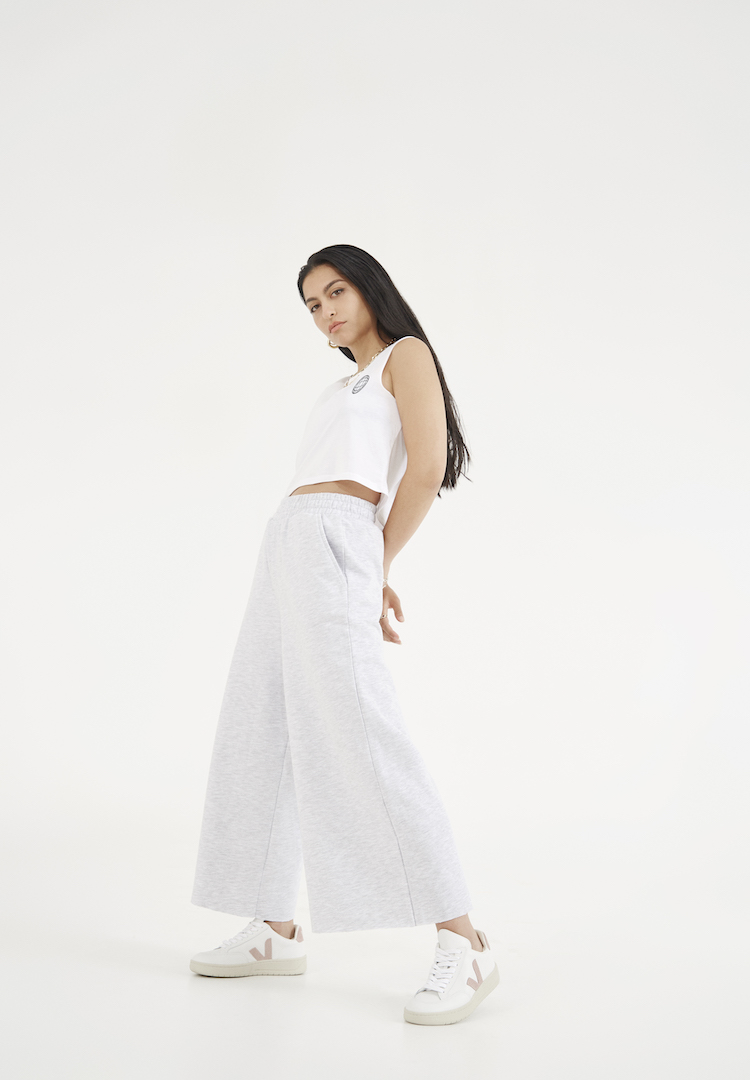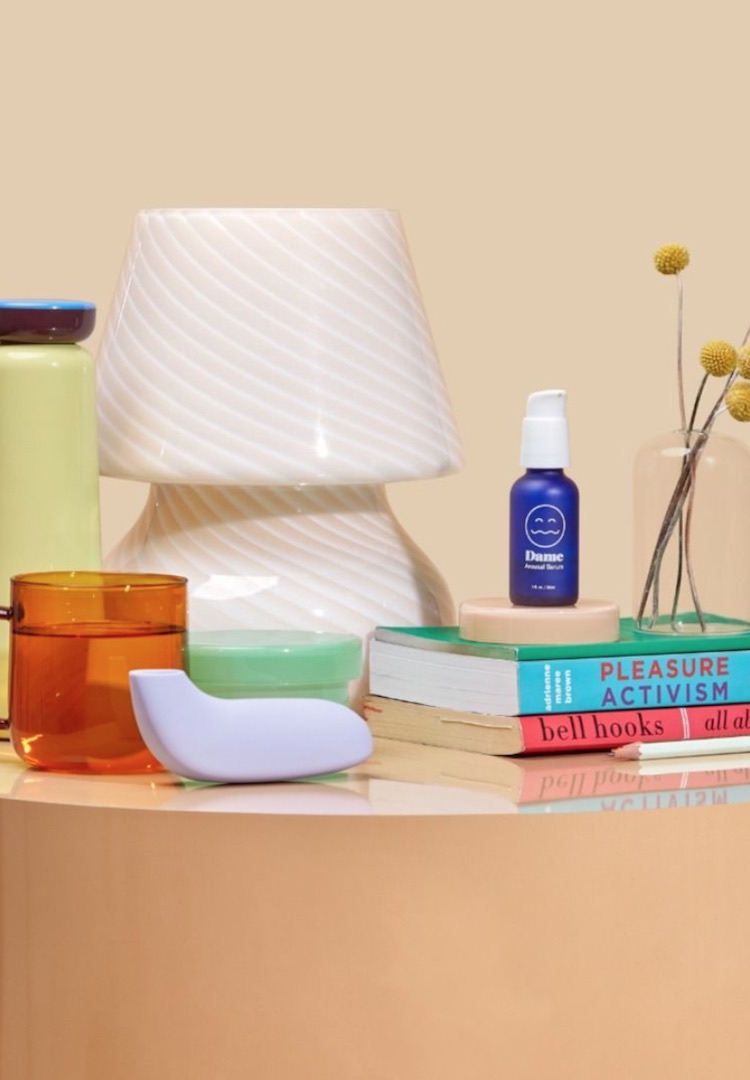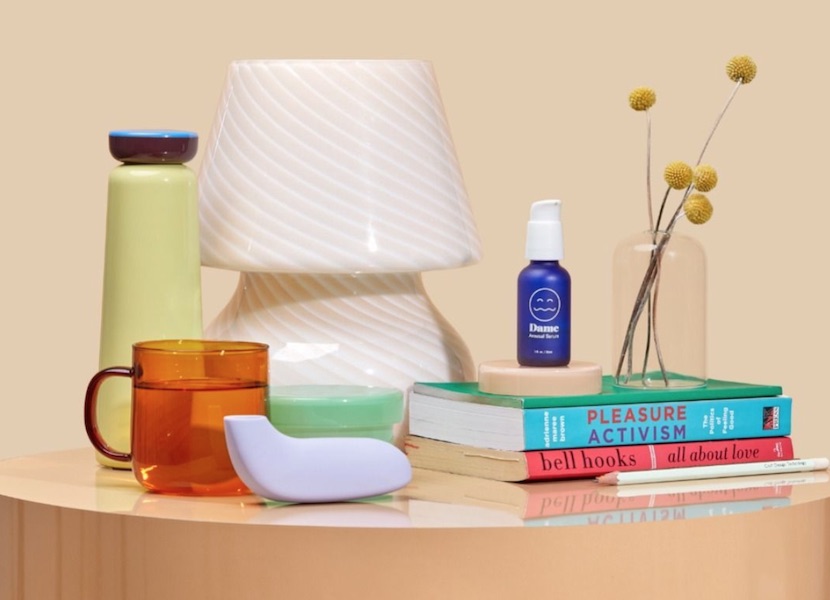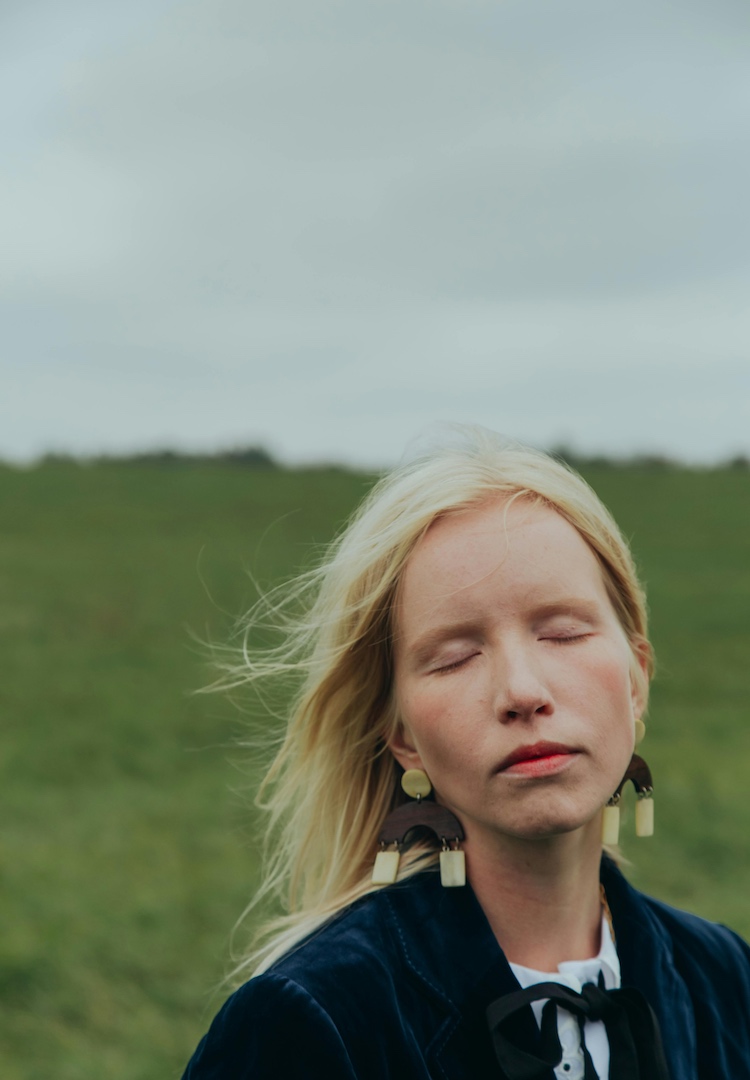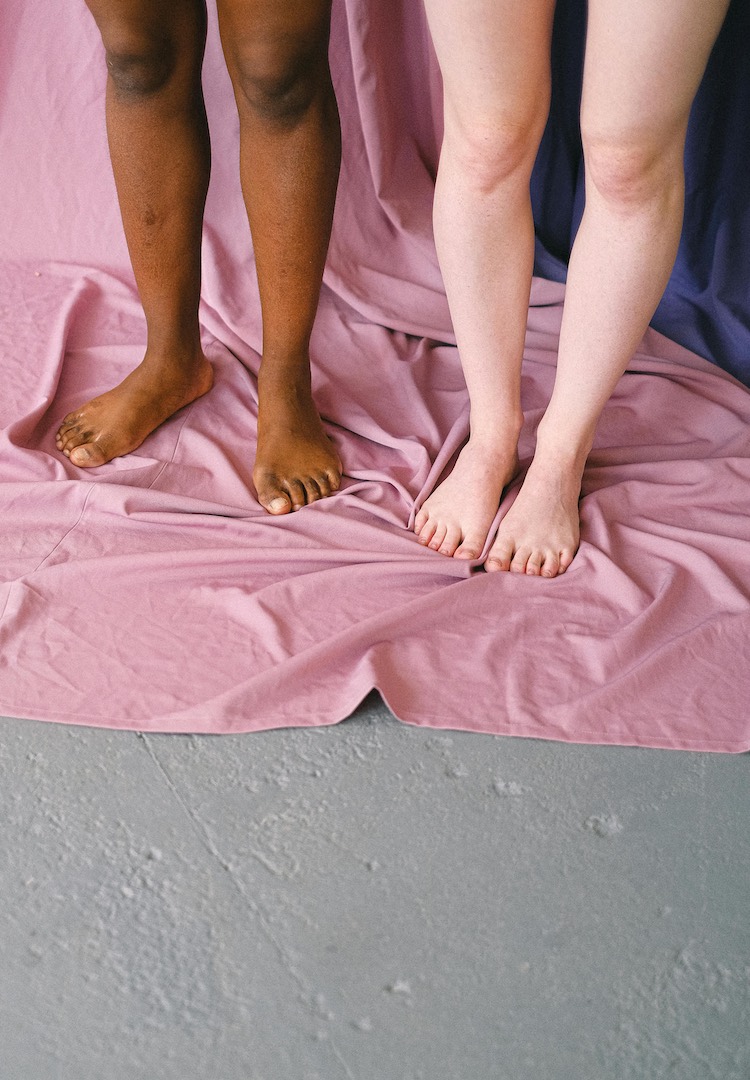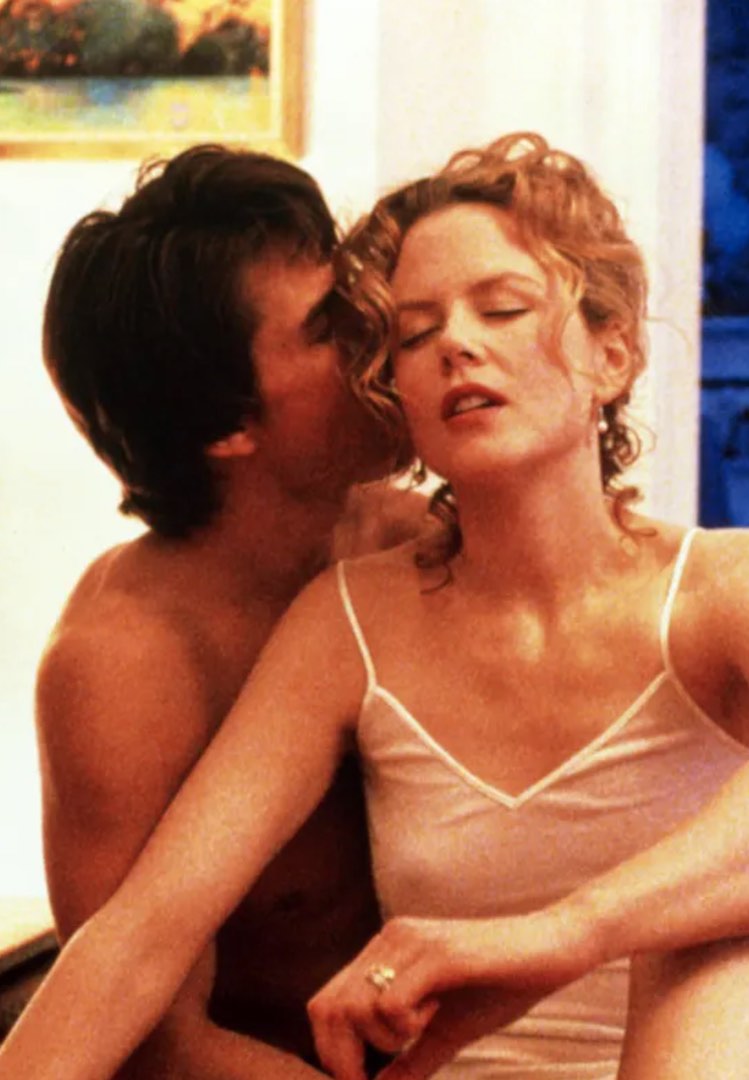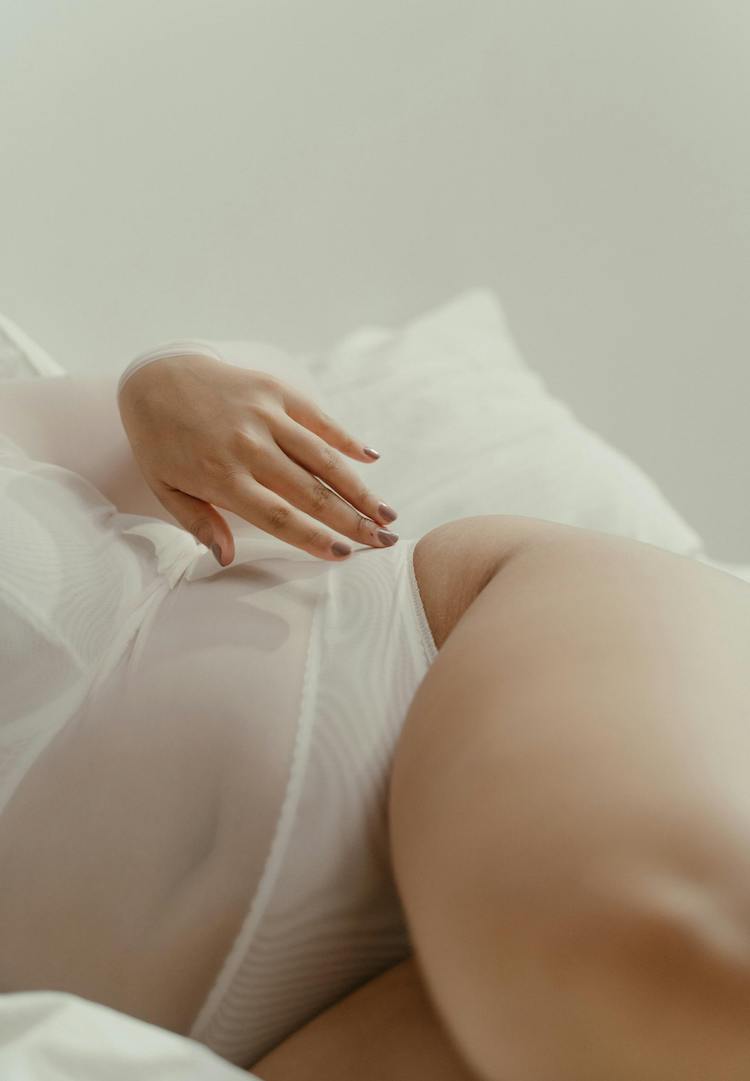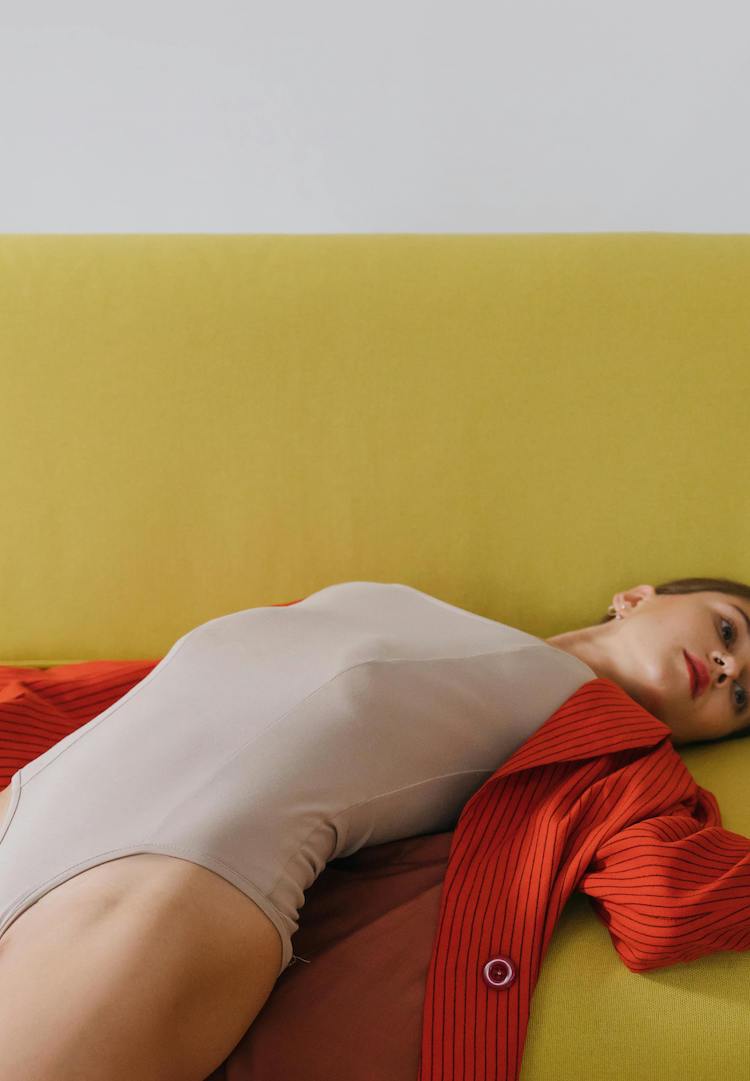Why am I seeing aesthetically pleasing sex toys everywhere?
Image via @DAMEPRODUCTS/INSTAGRAM
Words by Jasmine Wallis
When social media and sexual wellness collide.
As a woman in my late teens and early twenties, vibrators were always met with an unwritten rule of secrecy. Much like masturbation, the topic was not off-limits within my friendship circles but not exactly something you’d talk about or share with hundreds of your friends and family.
Now, thanks to the phenomenon of social media as well as Instagram’s desire to turn the photo app into a marketplace, most products – including sex toys – have some sort of social media presence.
Want to stay in the loop on our latest sexual health stories? Subscribe here and we’ll send them straight to your inbox.
With brands advertising their items and sharing stories of sexual health and pleasure, more conversations have opened up in the sexual wellness space. Over the past few months, as I’ve been embarking on my morning Instagram scroll, I’ve noticed a new style of branding amongst these sexual wellness companies.
Nestled next to Apple AirPods, Diptyque candles and Sally Rooney books sits vibrators so chic it’s no wonder they’re immortalised on the grid. Making their sex toys look like the hottest new bedside accessory, brands such as Dame Products and the new kid on the sexual wellness block, Rosewell, post curated images on their growing social media pages.
View this post on Instagram
This new style of luxury sex toy advertising is not so much a trend as it is subtle yet emboldening proof that sexual wellness is undergoing a much-needed makeover. Originally born out of a misogynistic medical practice, vibrators were invented in the late 1800s to combat the symptoms of female sexual frustration or ‘hysteria‘ (which comes from the Greek word for uterus but we don’t have time to unpack all of that).
First only used in doctor’s offices, the vibrator moved into domestic life in the 1920s where it was marketed as a ‘massager’ or ‘beauty aid’. They were able to be used all over the body to improve circulation and weren’t seen as a product to only use behind closed doors.
It wasn’t until the sexual revolution of the 1960s that the demand for vibrators in relation to self-pleasure soared, as women took control of their sexuality on their own terms. Cut to the twenty-first century and fourth-wave feminism taking hold of a new generation, and women began talking more openly about self-pleasure and the tools they use. As a result, seeing vibrators on social media isn’t as much of a taboo anymore.
One Australian duo who are challenging the stigmas around self-pleasure and normalising sex toys is eCommerce sex toy shop, Flossy. Founded one year ago by Seattle expat and doula, Caroline Reis, and aircraft engineer Annie Miller, Flossy is an online space focusing on a curated range of sex toys for people with vulvas.
Born out of a “seedy” experience in a Brisbane sex toy shop, the duo wanted to create a space in the sexual wellness industry that felt like walking into an Apple store. Through its aesthetically pleasing Instagram feed, the store posts beautiful imagery of its self-pleasure stock as well as educational infographics on topics relating to women’s health.
The team at Flossy believe that sex toys are evolving into luxury, Instagram-acceptable accessories because we’re realising that sexual wellness should be treated like any other aspect of our health routines. “It’s just about normalising it and making it a part of our health. I think that’s why [sex toy brands] have taken this approach. We want it to be something you can have on your bedside and not feel ashamed,” says Annie. “These brands want it to be presented as an everyday product and it should be treated as such.”
Caroline also credits this new form of marketing to the rise of by women, for women brands. “Women are realising ‘I don’t want a giant, sparkly penis’. These vibrators reinforce hypersexualisation so when you actually have people who are the end-users representing these brands then you have products that are sleek and feel good in your hand.”
Stocked on the highly-curated Flossy site is Rosewell, a Brisbane-based sexual wellness company. Creators of two chic vibrators, the Bean and the Bend in blue and cream colours, the brand’s creative director Nissa Ryan explains why they’ve opted for this modern, luxurious aesthetic.
View this post on Instagram
“We know that intimacy, connection, pleasure and sex are intertwined, so we asked, why wasn’t there something out there that represents that? Sex and intimacy are just as integral to wellbeing as skincare, exercise and mental health. So why treat it any differently when it comes to the branding?”
Wanting its products to speak to anyone of any age, gender or background, Rosewell aimed to make the vibrators feel as classic and timeless as possible. No hot pink or novelty trends here. “From the colour palette to guidelines on social content, we want the experience of purchasing sex and intimacy products to be as beautiful and welcoming as purchasing your favourite skincare.”
There was an 83 per cent increase in Australians searching for sex toys online since last year’s first COVID-19 lockdown, and Nissa attributes the proliferation of aesthetically pleasing vibrator shots on my feed to this sexual wellness boom.
“The sex and wellness industry is going through a huge period of growth, especially after the initial COVID-19 lockdown. I genuinely believe social media platforms are a place of education and discovery, so it makes total sense for sex and intimacy to be a topic of interest. The curiosity and questions have always been there, but now there are more ambassadors and brands sparking real conversations about it.”
Whether brands are creating and marketing these posts for visual aesthetics or are wearing their values on their vibrator sleeve like Rosewell, there’s no doubt that education and destigmatising sexual wellness and pleasure is always important. The only problem? I want to buy them all.
You can check out Flossy’s wide range of bedside chic sex toys here.

